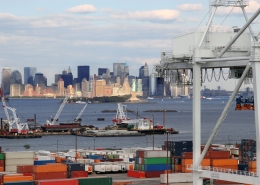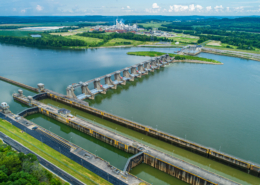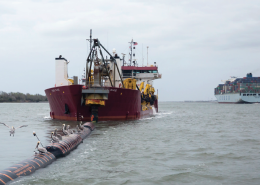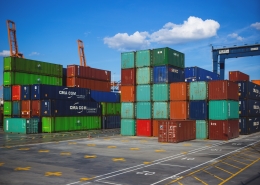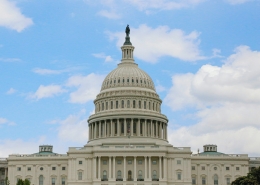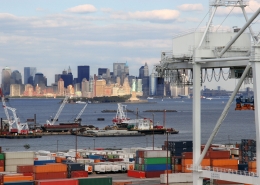One of the most valid complaints about the practice of Congressional “earmarking” of special projects was that earmarked projects tended to spend more slowly than other projects, sometimes much more slowly. Part of this is inherent to the nature of an earmark – if a state or municipality already had the money and the inclination to build a project, it wouldn’t need an earmark. And in the past, earmarked projects often were not far enough along in the planning process for funds to be spent quickly.
Congress brought back earmarks in 2021 after a ten-year shame hiatus. This week, the Government Accountability Office unveiled its first attempts to track the spending rate of each individual earmark.
Congress appropriated a total of $9.1 billion for “Congressionally designated projects” (aka earmarks) in the fiscal 2022 omnibus appropriations act. GAO is tracking all of them, and reports that as of the end of fiscal year 2022, 33 percent of the money ($3 billion) had been legally obligated via the execution of a project agreement or the signing of a contract, and of that amount, $157.7 million had been spent via Treasury outlay.
(The stage of obligation is very important, because once an appropriation or some other kind of budget authority is legally obligated, it becomes too late for Congress to rescind that budget authority, and too late for the Administration to cancel it unless they can prove some kind of violation of the project agreement or contract in court.)
GAO has made available for download an Excel spreadsheet with a row for every single earmark in the 2022 omnibus. With that, we were able to draw some conclusions about the Department of Transportation earmarks from that bill.
|
Total |
Amount |
Amount |
Percent |
|
Appropriated |
Obligated |
Outlaid |
Obligated |
| FHWA Highway Infrastructure Programs |
$846,927,823 |
$138,709,800 |
$1,098,817 |
16.4% |
| FTA Transit infrastructure Grants |
$200,798,267 |
$4,900,000 |
$0 |
2.4% |
| FRA CRISI Grants |
$120,860,000 |
$0 |
$0 |
0.0% |
| FAA Grants-in-Aid to Airports |
$279,180,135 |
$53,411,792 |
$9,809,624 |
19.1% |
| OST Transportation Planning, R & D |
$7,066,000 |
$0 |
$0 |
0.0% |
| Total, DOT |
$1,454,832,225 |
$197,021,592 |
$10,908,441 |
13.5% |
Highway and and airport projects showed the highest obligation rates at USDOT, with 16.4 percent of the highway money and 19.1 percent of the highway money being put under contract before the end of FY 2022.
We also looked at water infrastructure project earmarks at the U.S. Army Corps of Engineers and the Environmental Protection Agency:
|
Total |
Amount |
Amount |
Percent |
|
Appropriated |
Obligated |
Outlaid |
Obligated |
| Corps Construction (General) |
$323,596,000 |
$58,880,570 |
$12,226,181 |
18.2% |
| Corps Construction (Gen. Provisions) |
$3,186,000 |
$263,595 |
$263,470 |
8.3% |
| Corps Investigations |
$18,232,000 |
$2,696,382 |
$1,912,210 |
14.8% |
| Corps Mississippi River System |
$86,733,000 |
$16,161,765 |
$802,584 |
18.6% |
| Corps Operations and Maintenance |
$151,836,000 |
$87,802,627 |
$18,530,656 |
57.8% |
| EPA State and Tribal Assistance Grants |
$841,405,095 |
$0 |
$0 |
0.0% |
Hopefully, GAO will make this kind of spending rate reporting a recurring feature.




